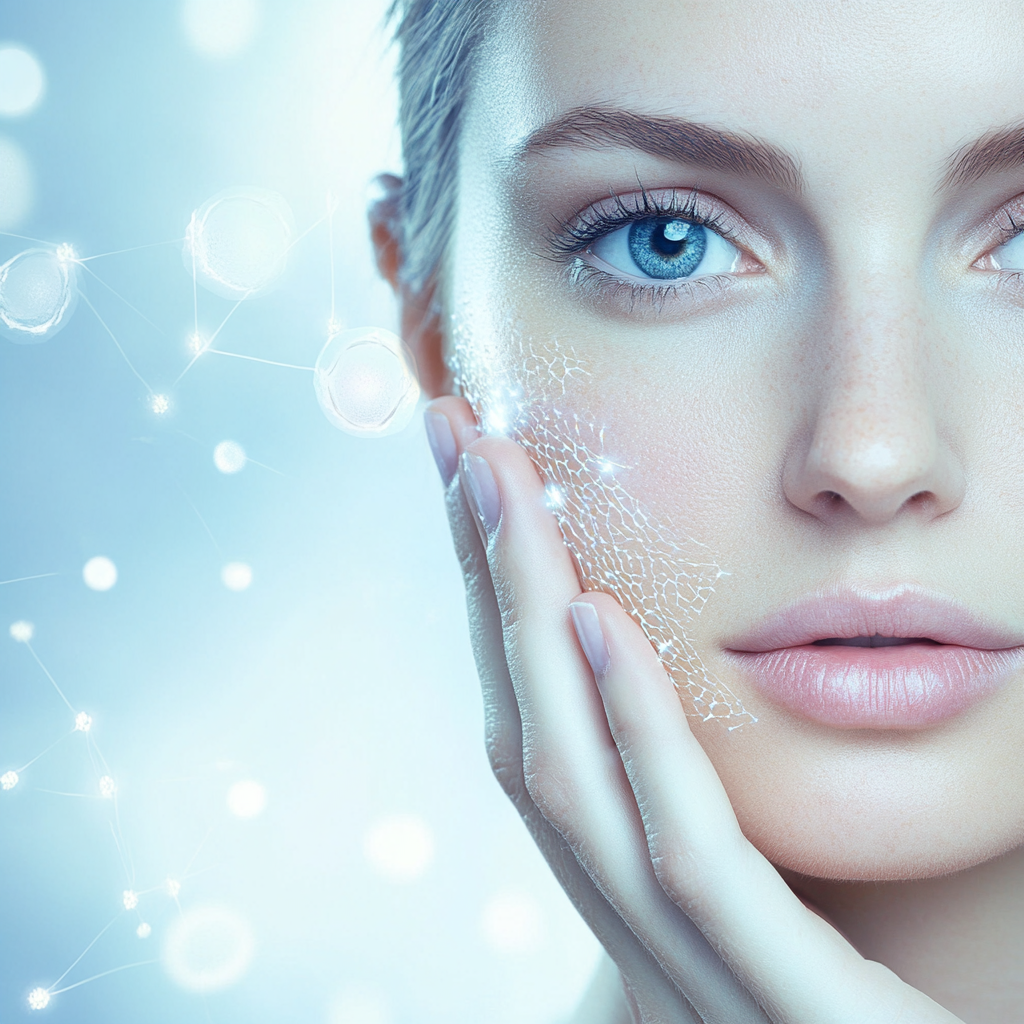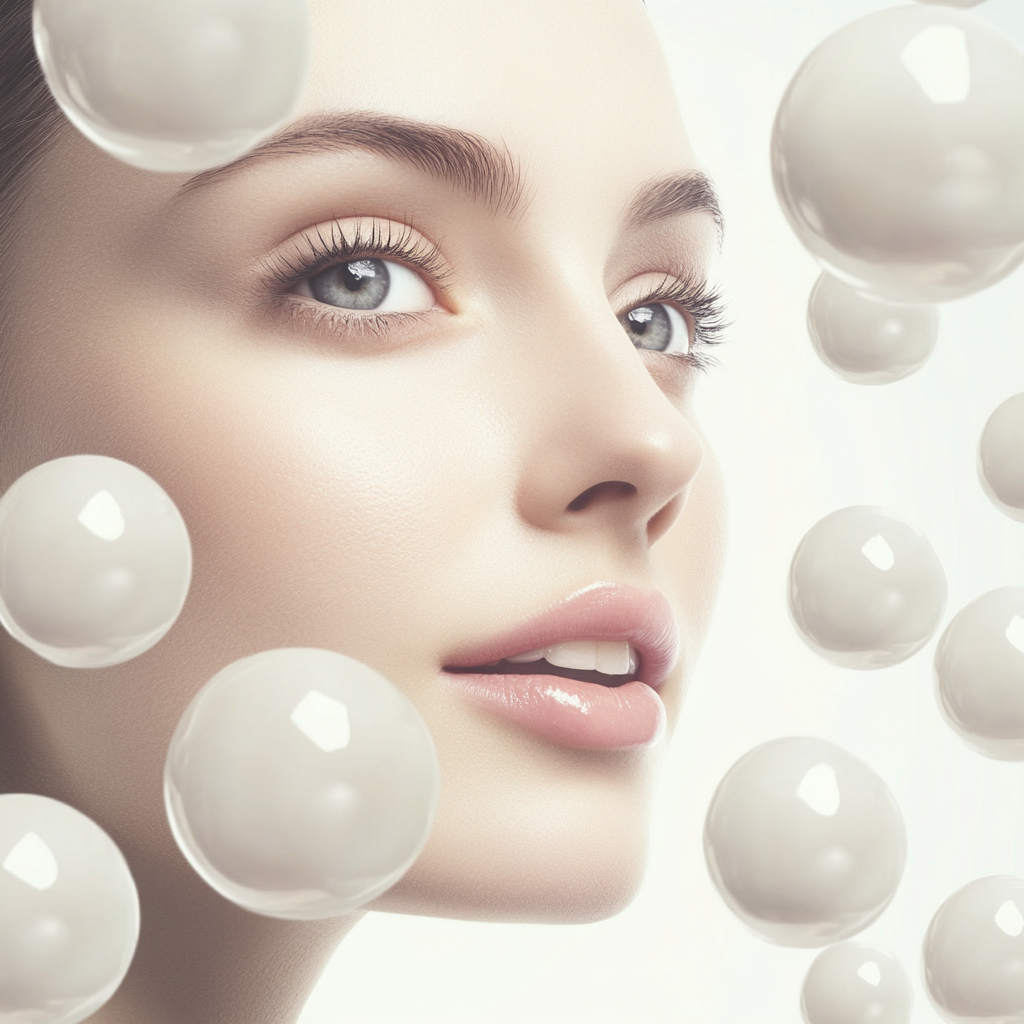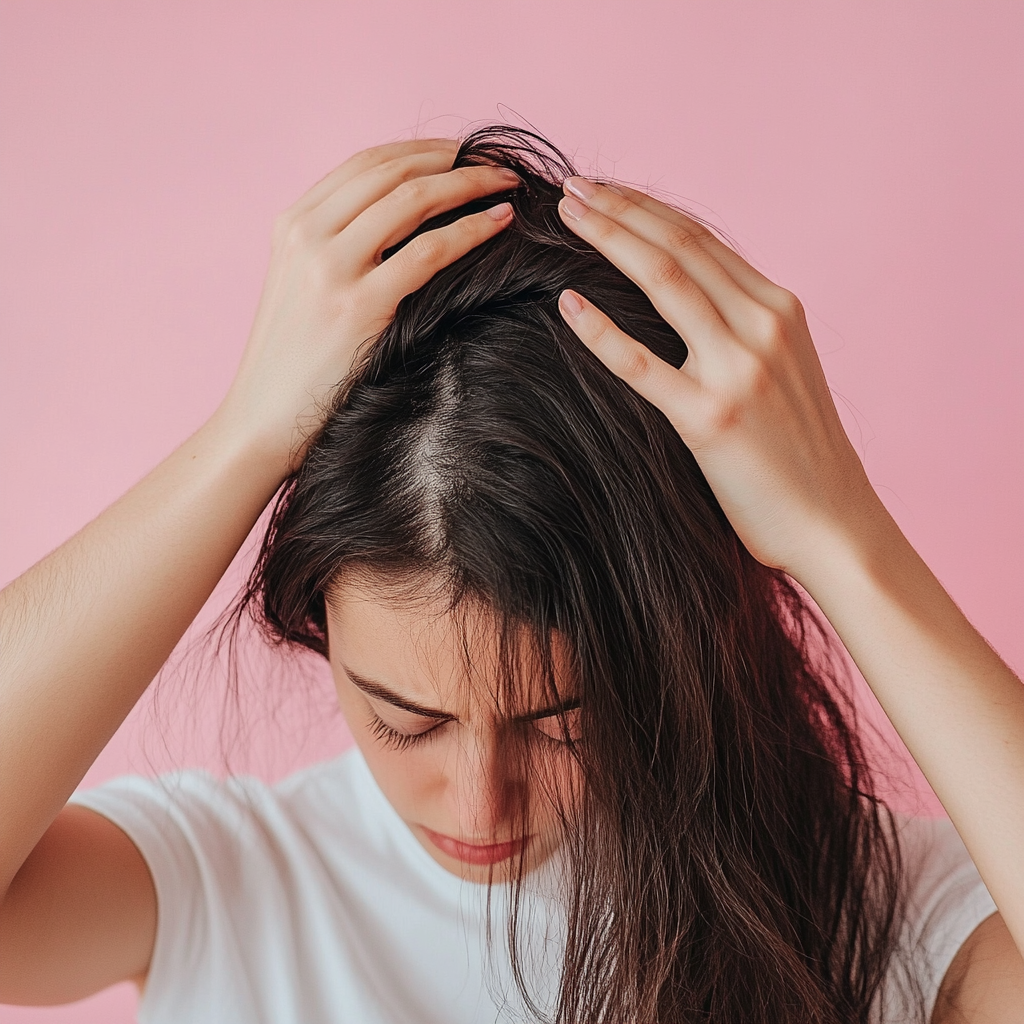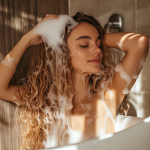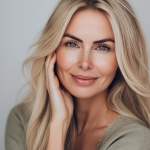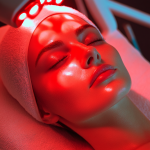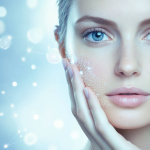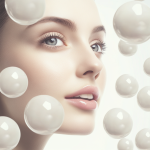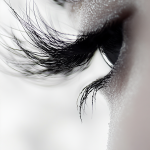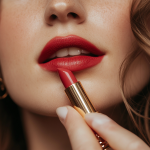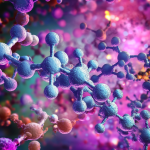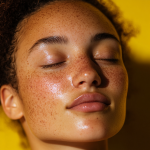Now Reading: How Red Light Therapy Works for Skin & Hair Growth
-
01
How Red Light Therapy Works for Skin & Hair Growth
How Red Light Therapy Works for Skin & Hair Growth
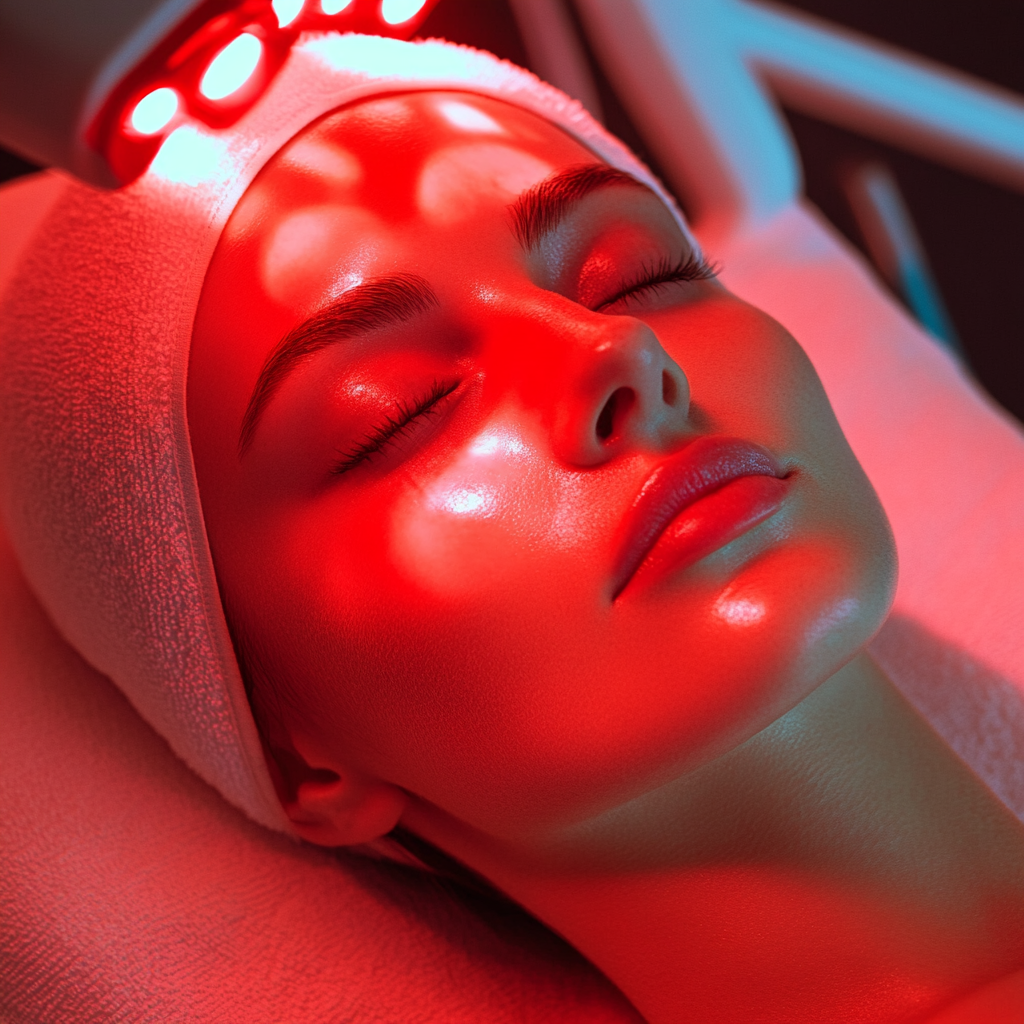

Once a futuristic concept reserved for elite dermatology clinics, red light therapy (RLT) has rapidly gained mainstream traction. From high-tech LED face masks to handheld hair growth devices, the market is flooded with products promising smoother skin, thicker hair, and even enhanced wound healing. But does the science hold up? And more importantly—can red light therapy truly reverse the signs of aging and hair loss?
To separate fact from fiction, let’s dive into the actual biological mechanisms behind red light therapy and what research says about its effectiveness.
The Science Behind Red Light Therapy
Red light therapy, also called low-level laser therapy (LLLT) or photobiomodulation, works by exposing the skin and scalp to specific wavelengths of red and near-infrared (NIR) light, typically between 600 and 850 nanometers (nm). This range of light can penetrate the skin’s surface and reach deeper layers, stimulating cellular repair, reducing inflammation, and boosting circulation.
Unlike ultraviolet (UV) light, which damages skin cells, red and NIR light energise them. The key mechanism? Mitochondrial stimulation.
Inside each of our cells lies a powerhouse called the mitochondrion, responsible for generating ATP (adenosine triphosphate)—the cell’s main source of energy. Research suggests that red light therapy enhances mitochondrial function, allowing cells to produce more ATP, which in turn accelerates healing, reduces oxidative stress, and promotes tissue regeneration.
This is where the benefits for skin and hair growth come into play.
Red Light Therapy for Skin: Does It Actually Work?
Aging, inflammation, and environmental stressors gradually degrade collagen and elastin, leading to wrinkles, sagging, and uneven skin texture. By stimulating ATP production, red light therapy helps cells repair themselves more efficiently, leading to a cascade of skin-enhancing effects:
- Increased collagen production → Firmer, more youthful-looking skin
- Reduced inflammation → Calmer, less reactive skin (great for rosacea and acne)
- Enhanced wound healing → Faster recovery from breakouts, scars, and burns
- Improved hydration and texture → Healthier, more resilient skin barrier
One of the most cited studies, published in the Journal of Investigative Dermatology, found that red light therapy significantly improved skin tone, elasticity, and collagen density in participants after just 12 weeks of consistent use. Another clinical trial in Dermatologic Surgery demonstrated a reduction in fine lines and wrinkles by 36% after regular treatments.
So, does red light therapy actually work for anti-aging? Yes—but consistency is key. Unlike injectables or lasers, RLT isn’t an instant fix. You’ll need to commit to regular treatments (3-5 times per week) for several months before seeing visible changes.
Can Red Light Therapy Really Regrow Hair?
Hair loss, whether from genetics, hormones, or stress, is often linked to poor circulation and weakened follicles. Since red light therapy improves blood flow and reduces inflammation, it makes sense that it could stimulate dormant hair follicles. But what does the research say?
Several clinical studies support its effectiveness:
- A 2017 meta-analysis published in Lasers in Surgery and Medicine found that LLLT significantly increased hair density and thickness in people with androgenetic alopecia (male and female pattern baldness).
- Another study from the American Journal of Clinical Dermatology concluded that red light therapy was as effective as FDA-approved hair loss treatments like minoxidil (Rogaine) and finasteride (Propecia)—without the side effects.
- Research from Harvard Medical School showed that LLLT extended the growth phase (anagen) of hair follicles, leading to less shedding and stronger regrowth over time.
However, like skin benefits, patience is required. Most studies report noticeable hair regrowth after 4-6 months of consistent use. It’s also not a miracle cure—it works best for early-stage hair loss and should be combined with other treatments like topical minoxidil, DHT blockers, and scalp-stimulating serums for maximum impact.
How to Use Red Light Therapy at Home
If you’re ready to integrate red light therapy into your skincare or hair regrowth routine, here’s how to do it effectively:
✔ Choose the Right Device → Look for FDA-cleared devices with wavelengths between 600-850 nm. Face masks, handheld wands, and full-body panels all have different uses.
✔ Follow a Consistent Routine → Most studies recommend 3-5 sessions per week, lasting 10-20 minutes per area.
✔ Keep It Close → Hold the device 2-6 inches away from your skin or scalp for optimal penetration.
✔ Pair It with Active Ingredients → Use red light therapy after applying peptide serums, antioxidants, or hair growth topicals to enhance absorption.
✔ Be Patient → Improvements in skin texture can take 4-8 weeks, while hair growth may take 4-6 months.
Final Verdict: Is Red Light Therapy Worth It?
Science backs red light therapy as a non-invasive way to stimulate collagen, reduce inflammation, and promote hair regrowth. It’s not a one-and-done miracle, but with consistent use, it can be a powerful addition to your skincare and haircare routine.
If you’re serious about glowing skin and thicker hair, investing in a high-quality RLT device might be one of the best long-term beauty decisions you make.

